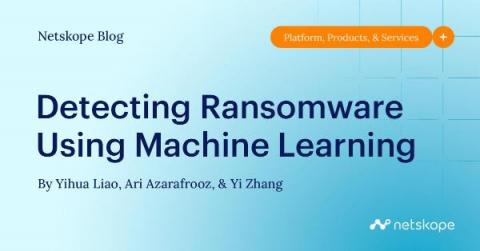Machine Learning in Security: Deep Learning Based DGA Detection with a Pre-trained Model
The SMLS team enables Splunk customers to find obscure and buried threats in large amounts of data through expert analytics. This work is part of a set of machine learning detections built by a specialized team of security-focused data scientists working in concert with Splunk’s threat research teams to help Splunk customers sift through vast amounts of data to identify and alert users of suspicious content.











